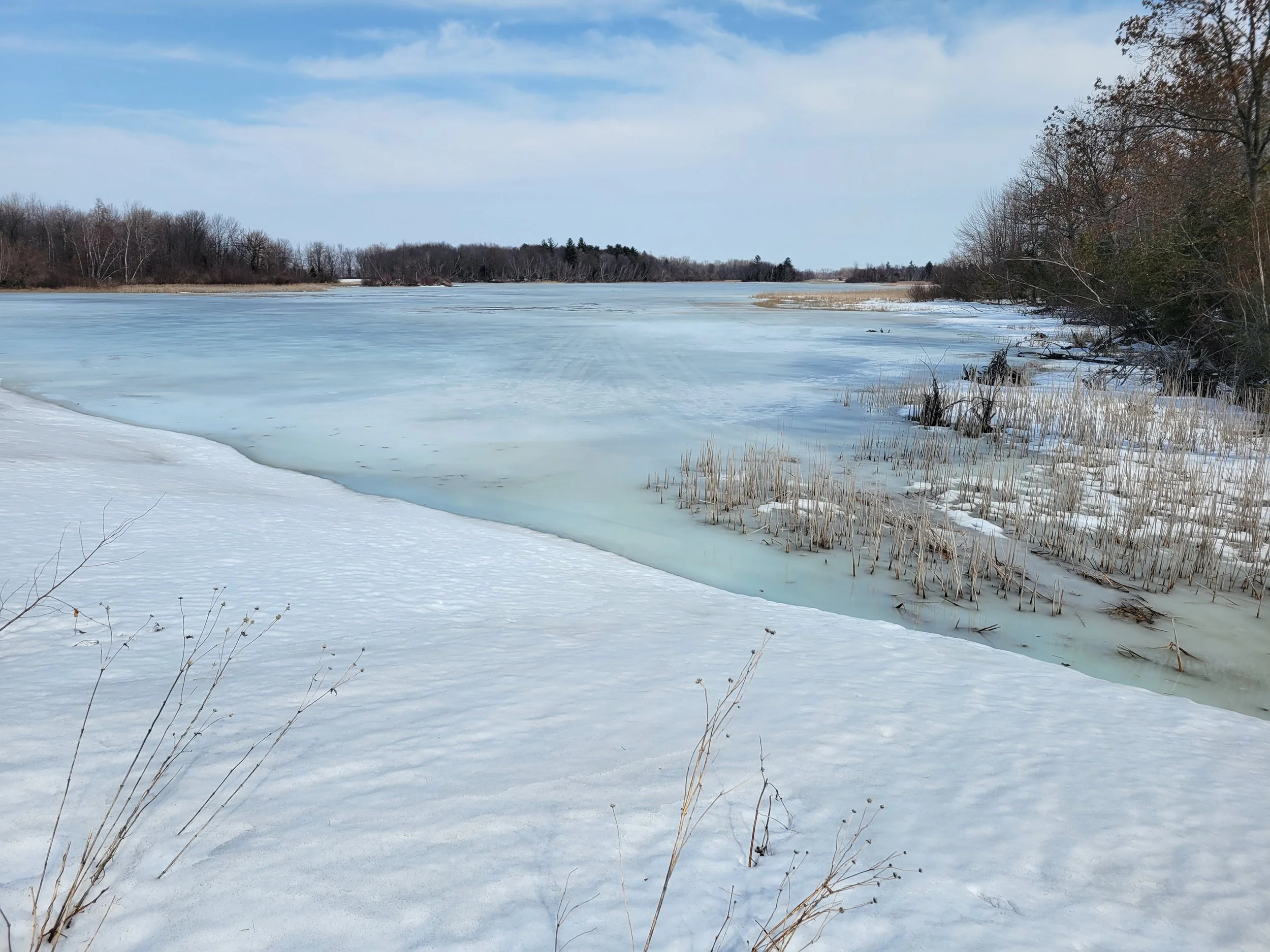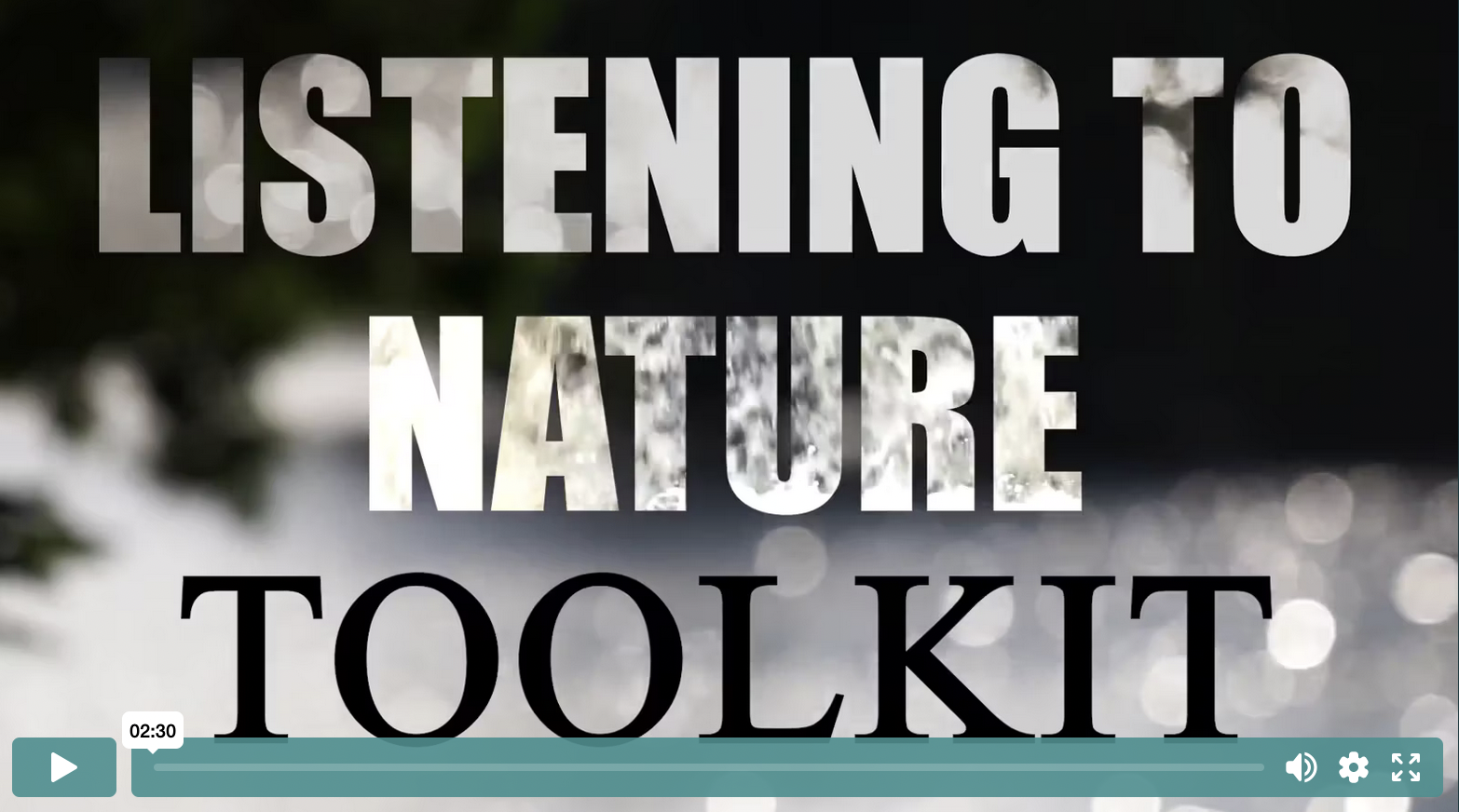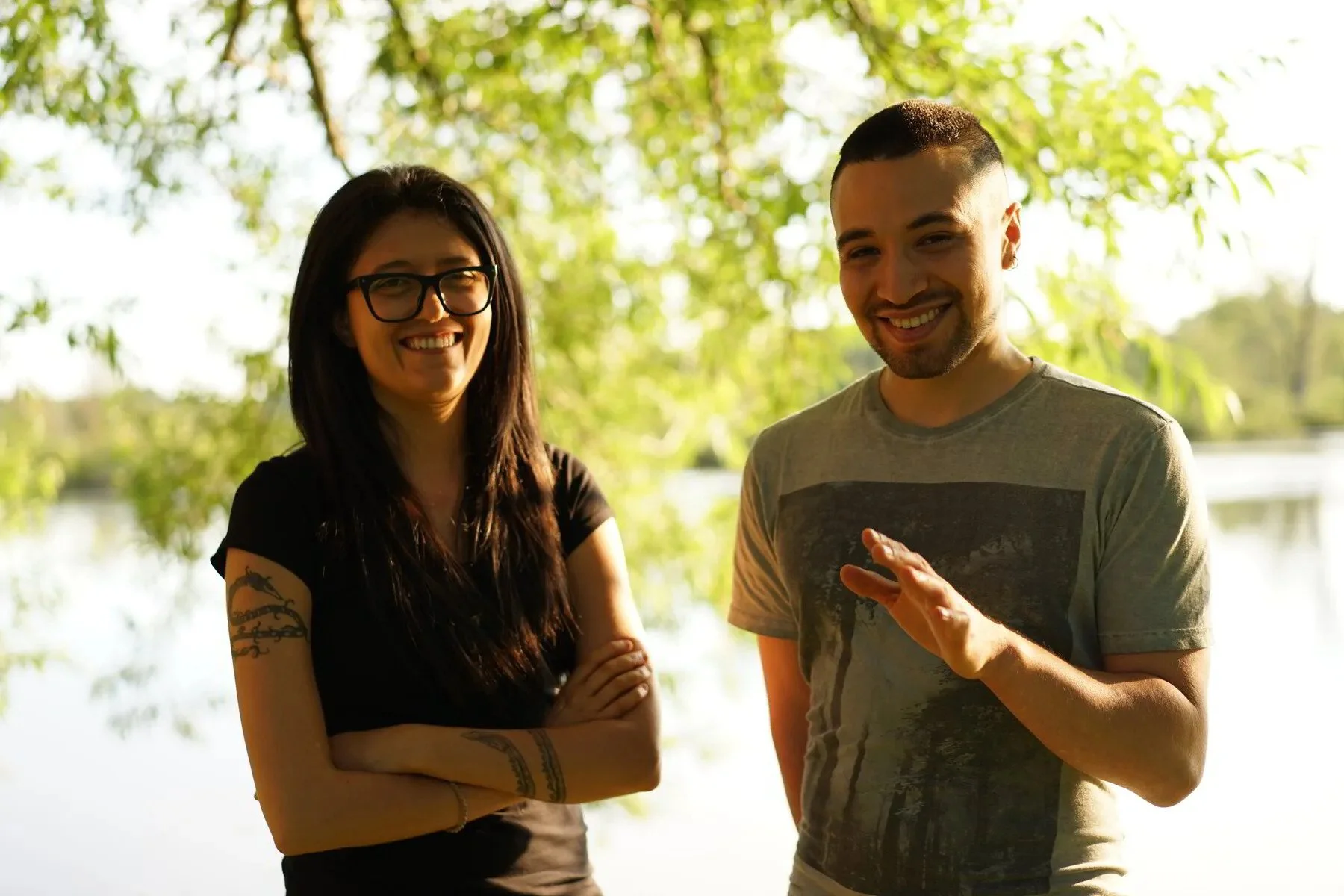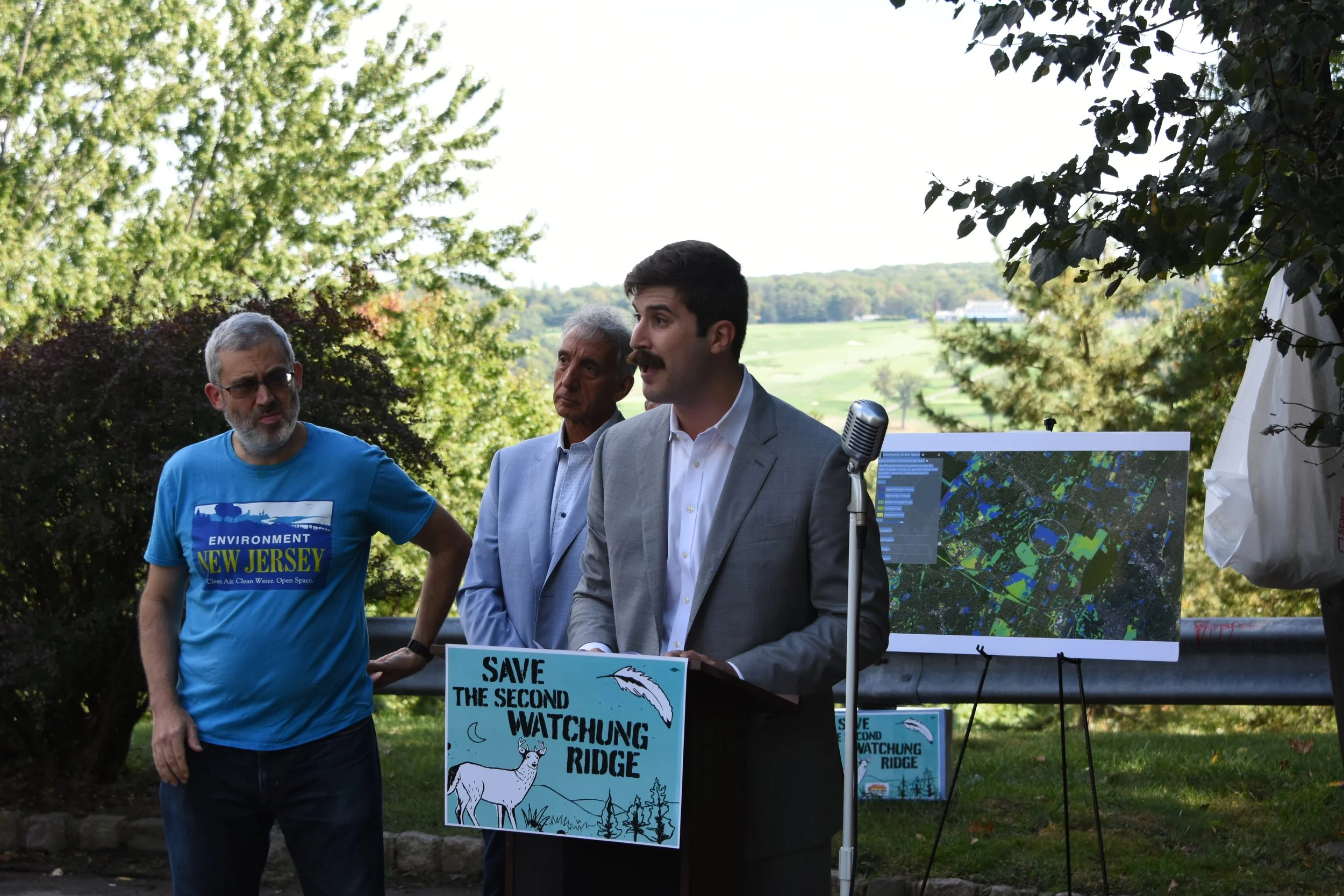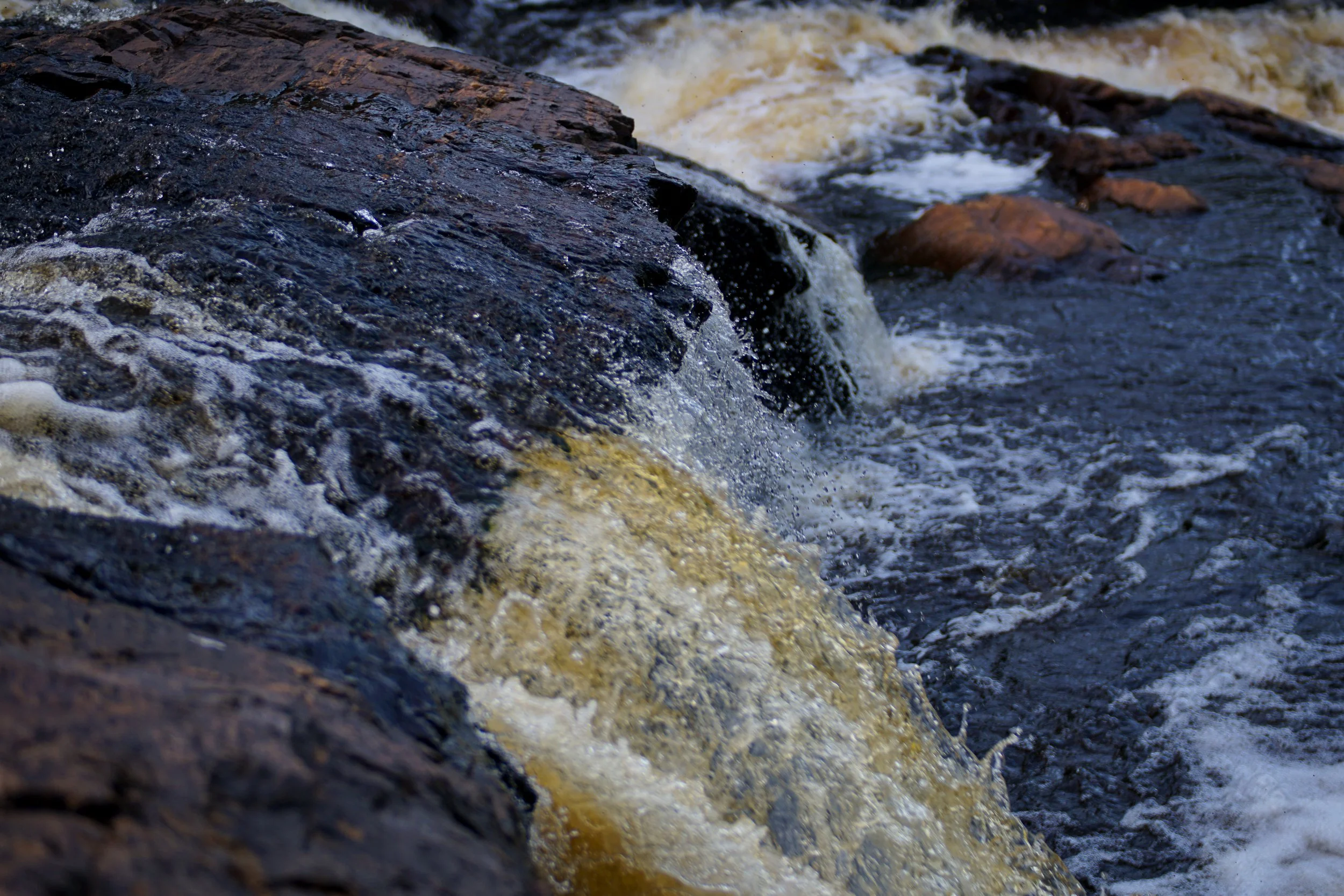How to Listen When Nature Speaks
Kaniatarowanénhne, the St. Lawrence River, viewed from the Wilson Hill Wildlife Management Area near Louisville, NY. (Photo: John Collins/Weave News)
An old Haudenosaunee token of wisdom goes something like this: “the Creator gave us two eyes, two ears, two nostrils, but only one mouth, so we would look, listen, and breathe twice as much as we speak.”
Look around, and you’ll see the splintering of ecosystems and the relentless extraction of resources. Listen, and it’s the drone of traffic and aircraft that fills the air instead of the trill of songbirds. Breathe in, and too often it’s the sting of wildfire smoke where there was once the scent of pine.
Nature is sending us signals every moment. Yet we’ve been taught to tune them out, growing accustomed to drowning out its pleas with our own noise. We avert our focus, even as natural systems reach a breaking point. The question is: how do we re-train ourselves to listen?
A paradigm shift toward ecocentricism
Talking Rivers, a nonprofit rooted in northern New York, has offered one answer. Its new toolkit helps individuals and organizations relearn their relationship with the living world through language, “ecocentric governance,” and attuning our senses to the natural world
Since its inception, Talking Rivers has been a steady advocate for the rights of nature movement, the legal concept that all ecosystems hold inherent rights of their own. The group has carried that message into universities and boardrooms, council chambers and legislative offices.
Talking Rivers published a short video to introduce the toolkit.
“Whenever we present the rights of nature concept, we hit roadblocks,” said co-founder Blake Lavia. “People don’t know how to incorporate nature into their decision-making, or even recognize that they themselves are part of nature.”
Without a deeper cultural shift, Talking Rivers argues, attempts to pass, and implement, rights of nature legislation are bound to stall. Laws alone can’t take root if people still see the natural world as a backdrop to human affairs rather than a community we belong to.
The Listening to Nature Toolkit is meant to clear that path. Designed with nonprofits in mind, it serves as an entry point for bringing ecocentricism—a nature-centered perspective that sees humans as one strand in a larger web of life—into organizational decisions, mission statements, and everyday practice.
Intentional and inclusive language
The paradigm shift, and the toolkit, begin with language. English reflects a human-centric worldview: personhood is reserved for humans alone. But this hasn’t always been the case. In many societies throughout history, “other-than-human beings”—trees, rivers, animals—have been recognized as members of the community, even as people in their own right.
In order to recenter nature, the toolkit states that pronouns like “he”, “she” and “they,” should be used for nature rather than the traditional “it.”
Blake Lavia and Tzintzun Aguilar-Izzo, founders of Talking Rivers.
“A lot of people struggle giving personhood to nature through language,” said Tzintzun Aguilar-Izzo, Talking Rivers’ other co-founder. “Even groups advocating for environmental change still use ‘it’.”
It takes practice, the group says, but the toolkit can help. For individuals, it means reviewing their writing and intentionally using those pronouns in everyday conversation. For organizations, it involves reviewing official documents and planning how to integrate ecocentric language into their policies and communications.
Who is at the table?
After language comes governance. In the traditional Western view, humans make decisions for nature. Land is treated as a commodity, sold and reshaped for profit-driven extraction. Even environmental policies, advocated for by environmentalists, are often built on compromise between exploitation and preservation. The toolkit invites organizations to move beyond that mindset—helping them bring nature into decision-making itself, giving other-than-human beings a seat at the table.
It encourages groups to experiment with forms of “ecocentric governance,” where decisions are made with nature in mind as a co-participant rather than a passive backdrop. That might mean designating a “guardian for nature” in meetings, rewriting bylaws to reflect ecological reciprocity, or simply asking before each major action: What would this look like if nature had a voice here?
The commitment to listening
That question, the toolkit suggests, can’t be answered without first learning to listen. Listening requires practice. It means slowing down enough to perceive nature’s feedback—the shifts in bird song, the health of a tree line, the changing rhythms of rainfall—and recognizing those patterns as communication. The toolkit suggests daily sensory exercises: walking without headphones, journaling with attention to nonhuman life, or holding organizational retreats outdoors to practice “listening with the whole body.”
True listening, it argues, also requires humility. Rather than assuming control or seeking solutions, organizations are invited to enter a dialogue with the living world—to observe, reflect, and adapt. In this sense, listening becomes the foundation for governance itself: a reminder that before speaking for nature, we must learn to hear what the Earth is already saying.
Ideas into action
In practice, that listening doesn’t end with reflection—it extends into how people organize, plan, and act. Some groups are already putting those ideas to the test.
“The toolkit offers prompts and practices that make space for nature as a stakeholder—and that’s something activists don’t always translate into tangible action,” said Ben Dziobek, executive director of the Climate Revolution Action Network (CRAN), a Gen Z–led climate group based in New Jersey. “The climate movement has spent decades trying to make policy arguments in human terms—jobs, costs, growth, risk. What Listening to Nature suggests is that maybe that framing is part of the problem.”
Ben Dziobek of the Climate Revolution Action Network speaks at a press conference called to protest the environmental impact of a housing development on the Second Watchung Ridge in New Jersey. (Photo: Ryan Krugman)
In response, CRAN has begun reevaluating the language used in its campaigns and policy discussions. Dziobek said the toolkit could help deepen the organization’s approach to legislative testimony and social media outreach alike, grounding advocacy in a more reciprocal relationship with the natural world.
Possible Planet, a Rochester-based organization focused on local environmental action and regenerative economic practices, plans to integrate the toolkit into its educational programs.
“I think the main thing it will do is get organizations to stop and think about their relationship with nature,” said Johnathan Cloud, the executive director of Possible Planet.
A growing web of participation
Still, organizations like CRAN and the Center for Regenerative Community Solutions acknowledge that, like any toolkit, it has its limits. One concern is accessibility. Reviewers familiar with the material worry that those new to the concepts might struggle to grasp some of its more philosophical language.
Others worry that it may sit on the shelf, collecting virtual cobwebs like many toolkits before it.
Aware of these challenges, Talking Rivers encourages others to share the toolkit and offer feedback to improve it. The goal, the founders say, isn’t perfection—it’s participation. Each new version, each conversation, keeps the practice alive.
Image courtesy of Talking Rivers.
While the toolkit’s immediate aim is to help organizations see nature as a partner and beneficiary, Aguilar-Izzo and Lavia hope efforts like this can ultimately help reshape the culture itself. The deeper change, they say, begins when people stop speaking about nature and start listening with the living world.
In the coming months, Talking Rivers plans to keep the conversation moving—through public presentations, articles reflecting on the toolkit’s impact, a Listening to Nature citizen science project, and a Rights of Nature law lab designed to put its principles into practice.
“We have to start making decisions as if we are members of ecosystems,” said Aguilar-Izzo.

